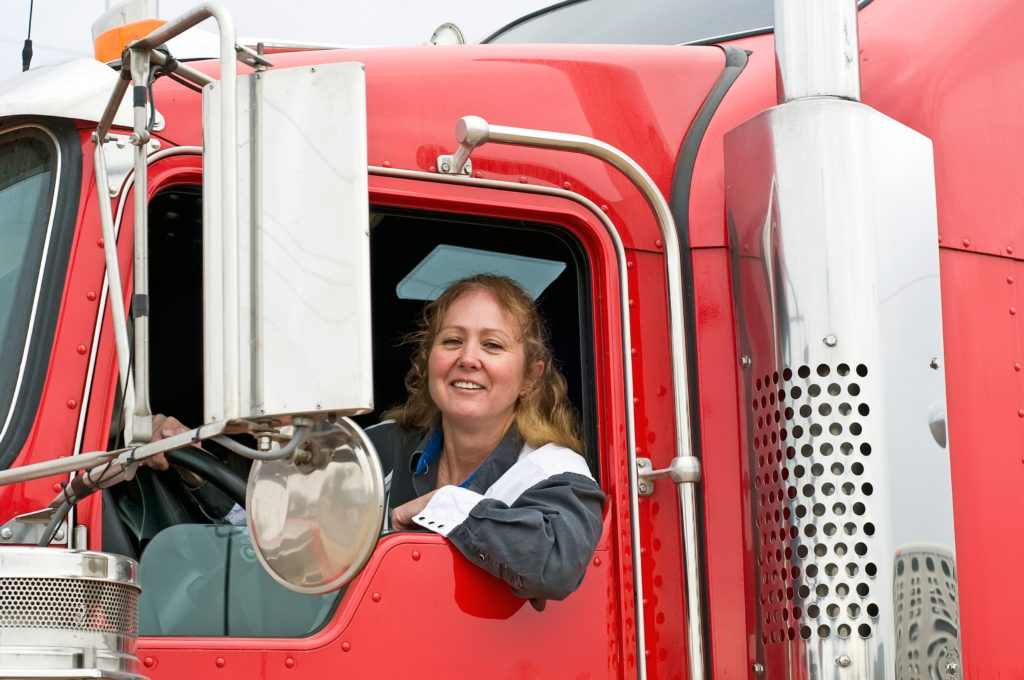116 drivers for J.B. Hunt Transportation Services Inc. are receiving major recognition for having driven one million miles without any preventable accident occurrences.
For the first time, some of these drivers had reached 5 million safe miles, with other drivers reaching between 2- and 4-million miles without preventable incidents. During its Million Mile Celebration, the company celebrated these drivers at its Lowell, Arkansas corporate headquarters. This company event held for safe drivers and their families has taken place since 2011, although recognition for Million Mile drivers began in 1971.
“Our Million Mile drivers represent the epitome of who we want all of our drivers to be,” said president of contract services and chief operating officer of J.B. Hunt, Nick Hobbs. “It’s their unwavering commitment to be the very best at what they do that makes this accomplishment so special. We couldn’t do what we do without them.”
Additionally, these drivers continued company tradition to celebrate this achievement by walking in the Million Mile Walk of Flame–descending four flights of stairs which were filled with other company employees cheering them on. For these drivers who went above and beyond in their attention to safety, the company awarded safe driver bonuses equaling more than $1.6 million.
“We’ve been hosting this ceremony for 20 years, and I believe we’ll be doing it for 20 more,” said John Roberts, the company’s CEO. “The atmosphere is electric. There’s so much excitement to celebrate our drivers and their achievements.”
Now, these drivers will be commemorated on the Million Mile Wall, a wall recognizing all J.B. Hunt drivers who have reached between 1 million and 5 million safe miles. Nearly 4,000 company drivers are listed on this wall.
Although having this many loyal company drivers operating their vehicles so safely is a win for the industry, other trucking experts are worried that safety isn’t enough when the coronavirus pandemic has exacerbated the ongoing truck driver shortage.
“COVID exposed the underlying reasons for the shortage–an aging workforce with an average age of 55 and an industry that has struggled to recruit younger people or retain existing drivers,” said President of the Colorado Motor Carriers Association, Greg Fulton. “That paradigm left the trucking industry vulnerable to a major unforeseen event, such as the pandemic.”
Fulton explained that trucking was more heavily impacted by the effects of pandemic than many other American industries, especially with so many drivers leaving or retiring instead of continuing on in during this difficult time.
“Has anyone stopped to ask if these drivers would have left if the pandemic never happened?” Fulton asked. “Many of these drivers were among the industry’s most skilled and safest, and maybe they weren’t quite ready to leave the road. Some left due to circumstances such as health concerns or the economy, not necessarily because they wanted to stop driving.”
For some of the older drivers who did leave to be incentivized to return to the industry, Fulton suggests that trucking must be restructured in a way that offers lucrative pay and an adequate lifestyle for them.
“At this point in their lives, many of these drivers want to be home every night, and may find loading or unloading freight a challenge,” he said. “Short routes that allow them to sleep in their own beds at night, and jobs that are less physically demanding–such as drop-and-hook loads with “no-touch” freight–may encourage them to come back.”
Fulton did note that that boosted recognition of truck drivers–especially for their efforts during COVID–have caught the attention of many people throughout the country who may be interested in entering the industry.
“The improved public image of trucking may also compel [the drivers who left] to return,” he said. “The pandemic elevated the importance of truck drivers to the public, and the public is also now more aware of the driver shortage–which on the ground level, may lead to greater appreciation shown to these professionals.”
Still, though, attracting back some drivers who left as well as attracting younger potential drivers needs to be the priority to keep the industry meeting demand.
“Longer-term, we must create a pipeline to fill our future needs,” Fulton said, “This improved public image may create greater interest by younger people to consider careers in trucking. It will take some time, but telling our industry’s story now to the incoming generation–especially in this moment–is vital.”





